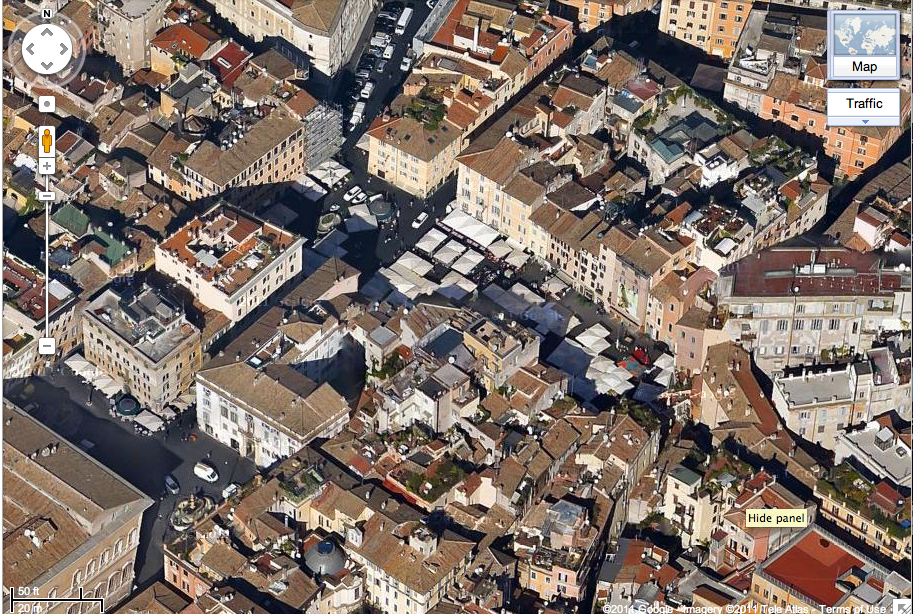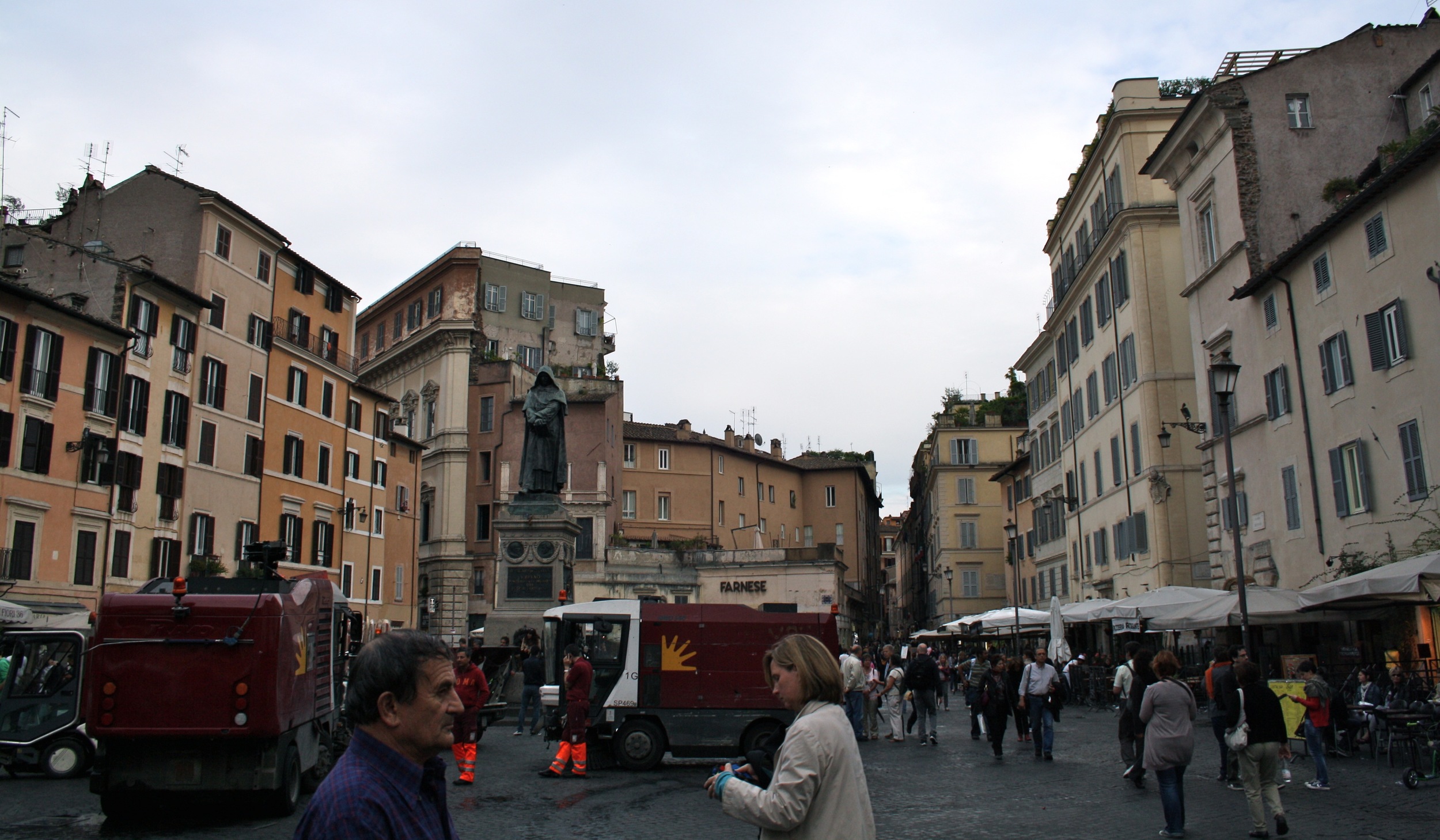Massing models, form and space. What is architecture really? Well a wall is a wall and we can all agree to that, but the wall isn’t the most important part of the space, the part we reside in, the part we notice, the part we move through, is the void. When people enter a space they comment on the feel of it, the openness, the light, the smallness of it. Rarely a comment is “I like the direction of the walls” more of how the wall influence the nothingness of the space. The walls may direct your eye but the focus is usually to a space beyond, next to, or around it. It’s placement, position, and form all influence on how the space is shaped. It can be used to frame, block or embellish various spaces. Indeed mass and void engage in a symbiotic relationship but it is within the void that creates the notable change in a person’s reaction to it. Doors and windows are appreciated because they transition us through space, either physically or visually. But they also are a non-entity; besides the windowpane and door that act as protection from the outside they still are the void in the wall or roof of which they reside.
In terms of Urbanism:
People appreciate what is not there; a park is a park because it is a break in the forest, an open patch of grass. A plaza is appreciated because it is a break in the urban fabric, people can move, gather, and use the nothingness that is the open space in urban fabric. The ability to have nothing there allows for the inhabitants to fill it in any way they see fit (laws permitting), with carts for selling items, chairs for viewing the surrounding activities, or an area to run and catch a Frisbee.
Arial view of Roman Campe de Fiori (Center) and Piazza Farnese (Bottom Left)
Camp de fiori after market clean up. Getting ready for the nightlife.
On the contrary too much void can be distressing for people. Structured open spaces are appreciated because of their break in the dense fabric surrounding it. Overly wide-open spaces can pull away from the human scale. Trees vegetation and other “human scale” elements may work vertically but not horizontally. For example it is much easier to walk twenty NYC block then it is to walk from one farm to the next a mile away.
So architecture needs the mass to create the void and the mass must be carefully crafted and detailed, but the mass must also serve as the means to mold a well thought out void.

